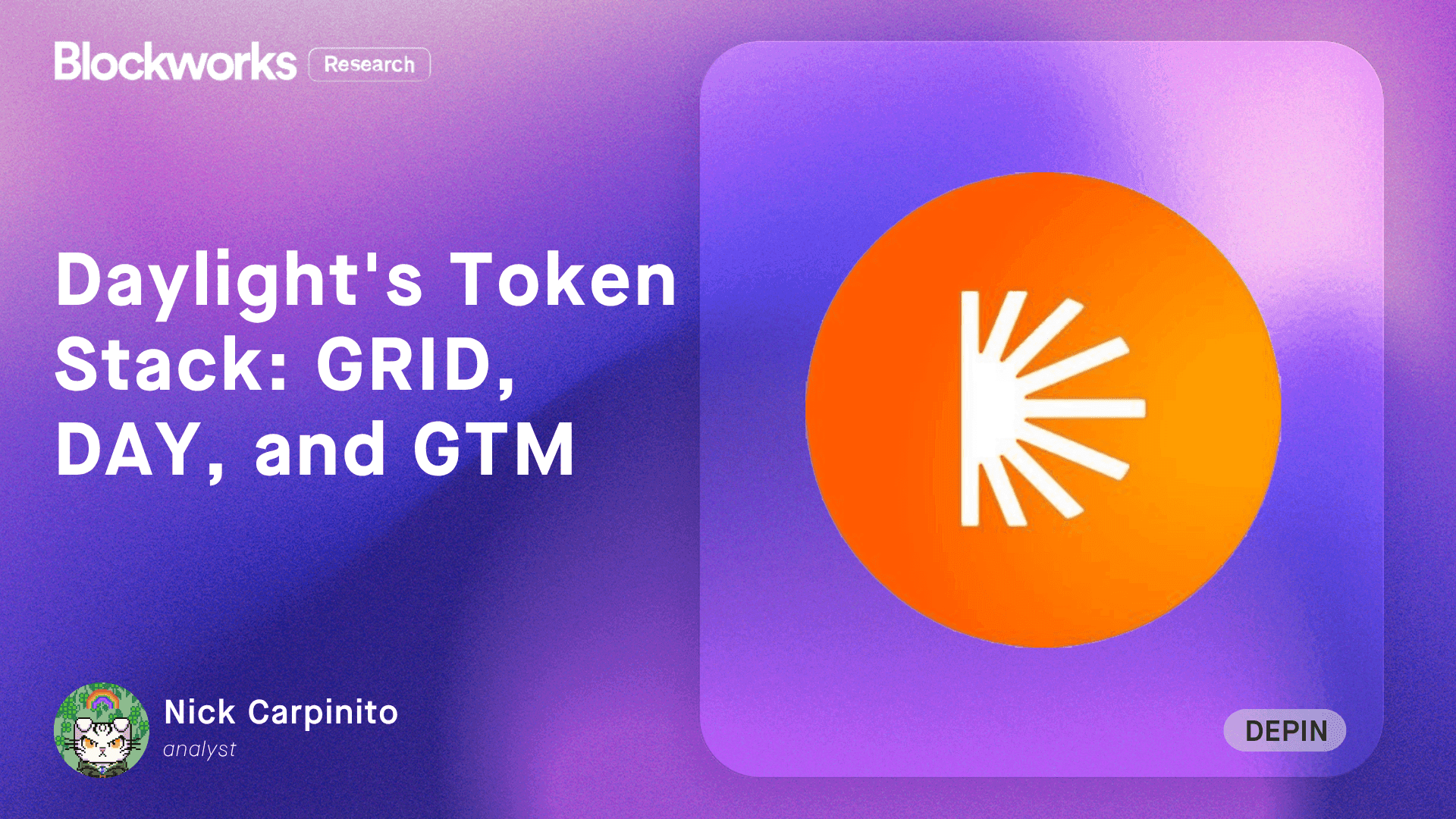🟪 HODL vs SODL
What should we do with confiscated coins?

Brought to you by:
If they build it, will they come?
Earlier this week on the Supply Shock podcast newsletter, we discussed an interesting report out of Reuters about China and crypto.
TL;DR — there’s a debate going on about what, exactly, to do with confiscated coins.
Now, you’re probably thinking, well, why doesn’t China just HODL? And perhaps it should. Another school of thought that Americans might know is the school of thought that encourages SODL instead. That is, dump them on the market right away.
This is apparently happening now, with the added boon of using the proceeds to fund local governments. Those governments aren’t in the best financial position, so the thinking must be that the confiscated coins can help pad the books a bit. Great, right?
Personally, I’m less interested in whether some municipalities take the Saylor approach and start hanging onto their BTC (the article, for the record, doesn’t specify what’s been confiscated).
What is interesting to me is that this article represents another situation where policy around crypto is being actively debated in a place where, ostensibly, crypto remains technologica non grata.
Remember, China officially threw the hammer down on crypto trading years ago and, somewhat more recently, mining. It effectively chased the twin pillars of crypto out of the country. So, why debate what to do with confiscated coins?
I think what might be happening — read: a huge, improbable might — is a slight thaw in the anti-crypto mentality. This sort of policy discussion, while small and decidedly specific, points to a future where activity around crypto is, well, more normalized. Might we see more? Stay tuned, I say.
— Michael McSweeney
Brought to you by:
ZKsync is accelerating institutional blockchain adoption and the rise of tokenization.
Institutions choose ZKsync to move tokenized assets securely across enterprises while preserving privacy and governance.
With gasless transactions, seamless onboarding, and scalable ZK infrastructure, enterprises can transfer financial products and data privately using ZK Stack — an open-source, trustless blockchain platform designed for speed, low costs, security, and interoperability without sacrificing control.

What’s in a "content coin?" Base is finding out.

Trump’s "Liberation Day" was two weeks ago. What’s happened since?

Believe it or not, there’s a race to scale bitcoin underway — here’s how.

Katherine dug into the Hyperliquid story this week — check it out.

It’s unlock time for Trump’s memecoin.

Can’t get a grasp of current events? Byron uses one theory to explain a surprising number of things.

David unpacks the token economy experiment for a blockchain-powered nation.
Brought to you by:
ZKsync is accelerating institutional blockchain adoption and the rise of tokenization.
Institutions choose ZKsync to move tokenized assets securely across enterprises while preserving privacy and governance.
With gasless transactions, seamless onboarding, and scalable ZK infrastructure, enterprises can transfer financial products and data privately using ZK Stack — an open-source, trustless blockchain platform designed for speed, low costs, security, and interoperability without sacrificing control.

recent research
Research
Daylight Energy (FKA React Energy), has secured $75M in new financing to accelerate deployment of distributed energy infrastructure, including $15M in equity and a $60M project development facility. This capital structure mirrors the protocol's design by separating growth capital from infrastructure financing. The company currently operates across a handful of US states including Illinois, Massachusetts, New York, New Jersey, and Pennsylvania, installing solar panels, batteries, and smart devices through Energy Subscriptions with no upfront cost to homeowners.
/



